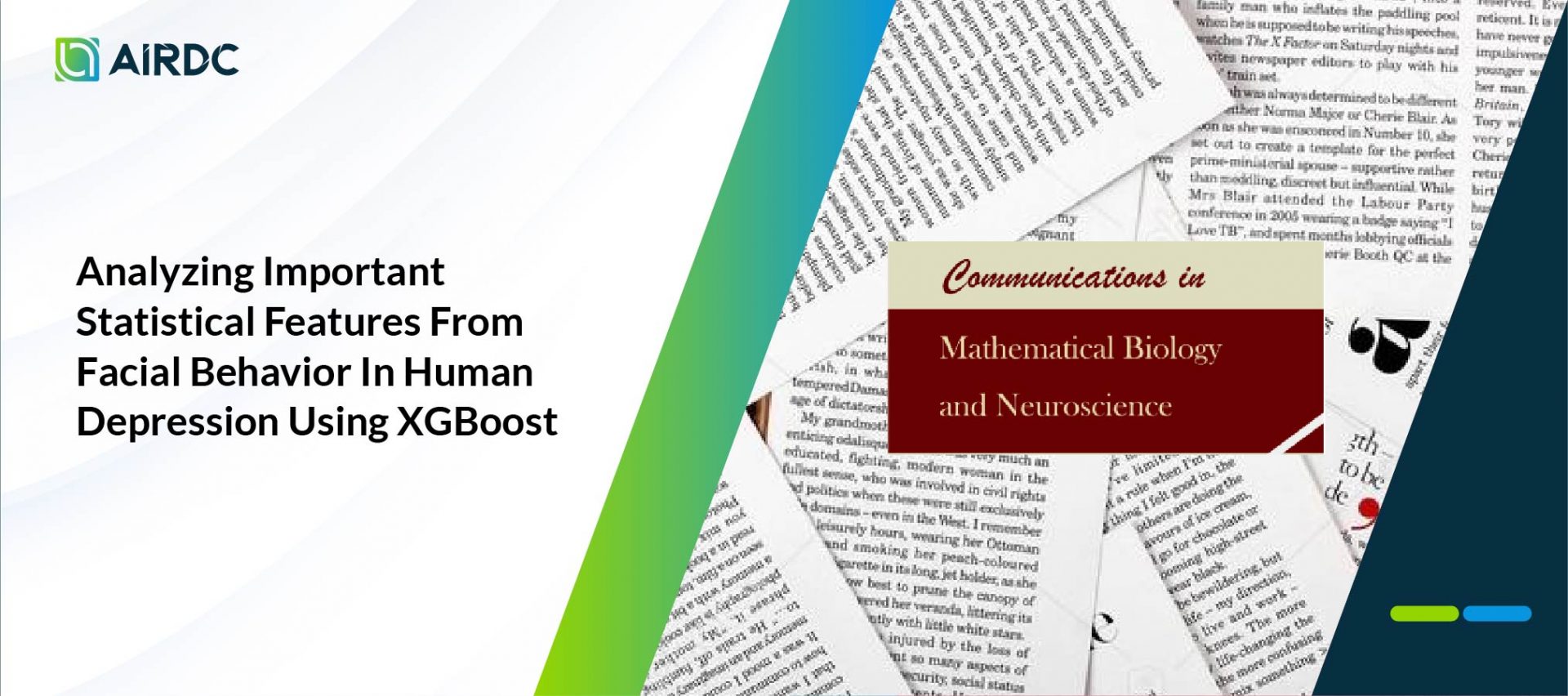Analyzing Important Statistical Features From Facial Behavior In Human Depression Using XGBoost

Major Depressive Disorder (MDD) has been known as one of the most prevalent mental disorders whose symptoms can be observed from changes in facial behaviors. Previous studies had attempted to build Machine Learning (ML) models to assess depression severity using such features but few have utilized these models to determine key facial behaviors for MDD. In this study, we used video data to assess the severity of MDD and determine important features based on three approaches (XGBoost, Spearman’s correlation, and t-test). In addition, there is the Facial Action Coding System (FACS) framework that allows visual data such as changes in facial behavior to be modeled as time series data. The results show that the XGBoost model obtained the best results when trained using features selected through the t-test statistical method with 5.387 MAE, 6.266 RMSE, and 0.042 R 2. The majority of the important features consist of Action Unit (AU) and Features 3D around the regions of the left eye, right cheek, and lip area. However, the majority of the important features discovered from the three approaches, are the first derivatives of the 3D facial landmark coordinates of the cheeks, eyes, and lips, especially along the z-axis. However, the variables used in this research are limited to the first derivatives, which meant that usages of wider variations of facial behavior data may further be studied so that Computer-Aided Diagnosis (CAD) systems for mental disorders may be realized in the future.
Communications in Mathematical Biology and Neuroscience
Brilyan Nathanael, Kenjovan Nanggala, Gregorius Natanael Elwirehardja, Bens Pardamean

